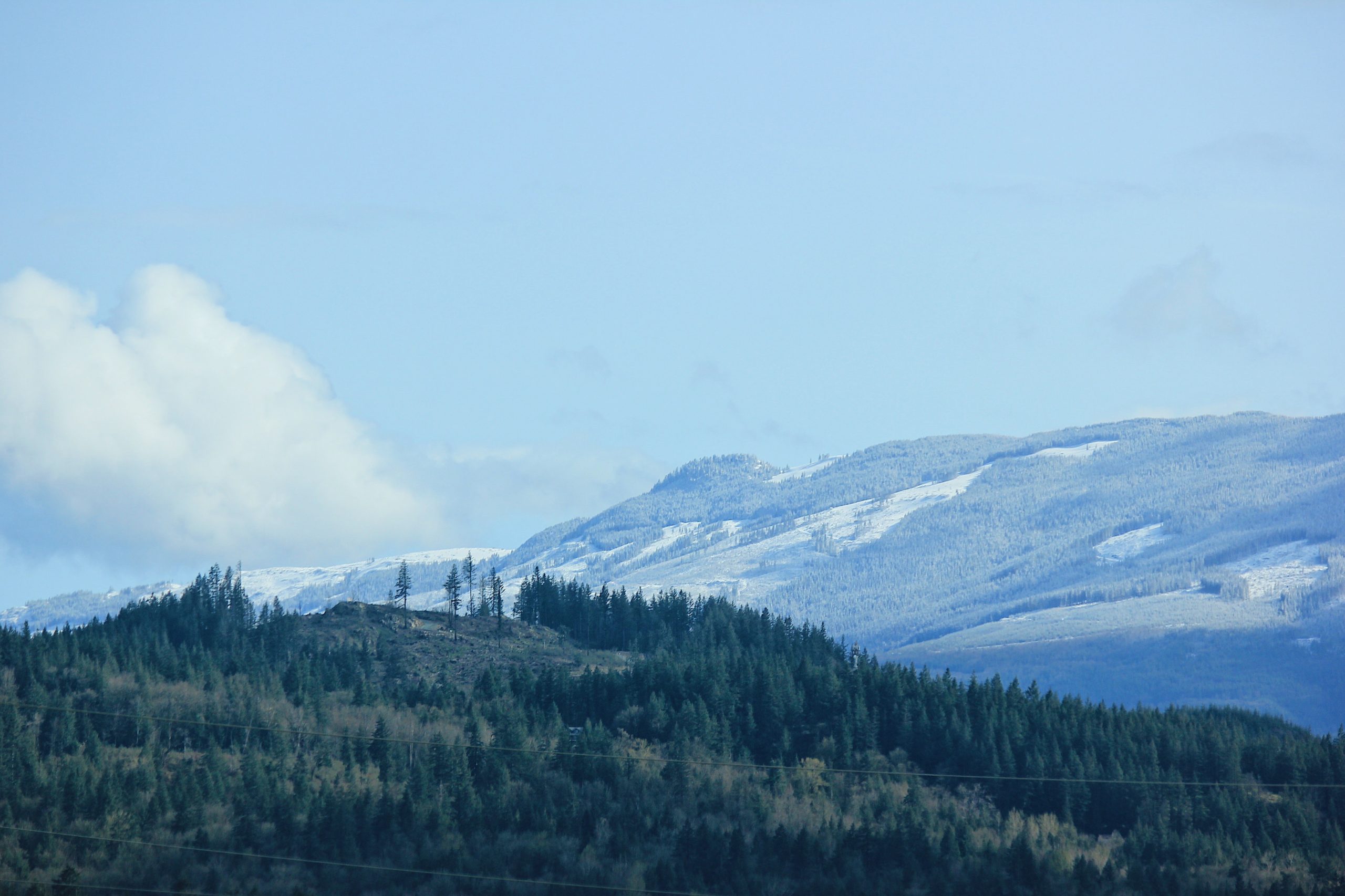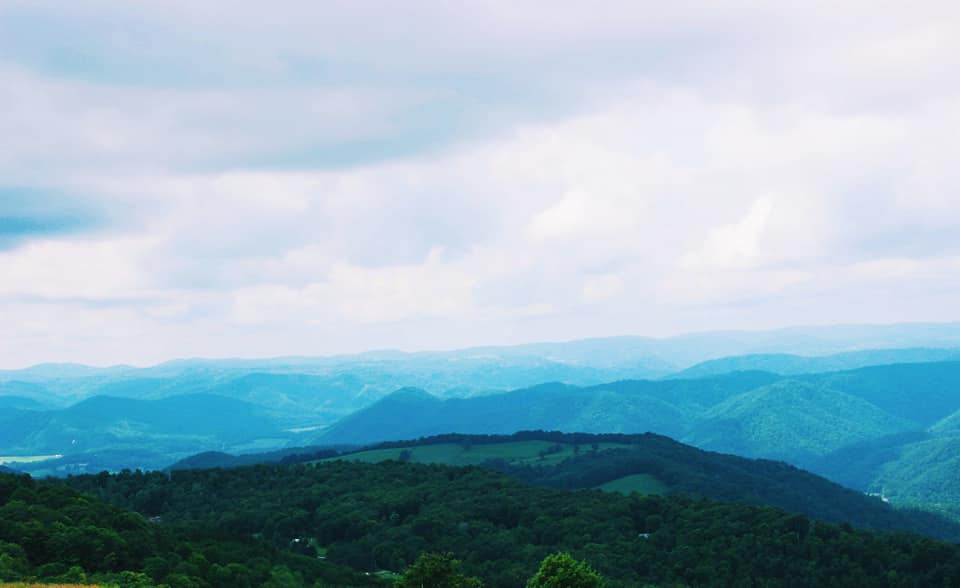Who hasn’t heard the term “carbon neutral” or “carbon offsets” being thrown around by large companies? In recent years, these terms went from being used primarily by the scientific community, to being a hot commodity in the marketing world. Everyone wants to support mindful companies, and companies want to have a positive public image. But are these companies actually carbon neutral? Do their offsets work? Is this practice problematic? Let’s get into it.

What are carbon offsets?
Carbon offsets are a way for companies or individuals to make up for their emissions. In other words, for every amount of carbon that someone emits, they pay for. Not all individuals can afford to to do this, but companies can. Generally they choose to do this for good PR, but it’s also starting to become the industry norm. At some point, it will be a rule to do this; a law. A lot of companies want to get ahead of it and start now.
How can you pay for your carbon emissions?
Here’s how offset for every measurement of carbon emitted, the emitter will pay for an action that cancels it out. For example, say a company emitted 7 million tonnes of carbon in one year. That company would then need to do something that would erase that carbon. This generally involves paying for trees to be planted, because trees store carbon. It’s the same thing as if you ate all of someone’s strawberries, and then bought them new strawberries to replace them.
Companies buy carbon sinks to make up for their emissions.
Basically anything that sequesters carbon is something that companies (or again, individuals that can afford it) buy to make up for their own emissions. The most common action is to pay to plant trees, because forests are a carbon sink (they store large amount of carbon), but that isn’t the only option. Other options include ocean conservation projects (the ocean is the biggest carbon sink on the planet), mangrove restoration, and community projects. These are a lot more effective, but not as commonly used because they’re harder to market.
Do offsets work?
This is a complicated question to answer. Let’s go back to the strawberry situation. You ate all of the strawberries and bought them new ones. Problem solved? Well, there are issues. The best scenario would be to have not eaten them at all, right? Just because you replaced them doesn’t mean that you didn’t do anything wrong. You did something bad in the first place, and buying a new version of what you stole doesn’t erase that. They’re also not the exact same berries that you ate. They can’t be, so they aren’t a completely equal replacement. Also, maybe they needed those berries right then, and had to wait for the replacement ones. Buying someone berries who you stole from doesn’t erase the theft in the first place, replace the exact berries that you already ate, or happen instantaneously (so there won’t be a second where the person goes without berries—there will be a gap between the theft and the new berries arriving).
Let’s apply this to carbon. The fact remains that carbon was emitted in the first place, so the harmful actions still happened and perpetuate. The carbon that will be sequestered is not the same carbon that was emitted, so those are still emissions. There is a lag time between when the emissions are harming the planet, and when an equal amount of offsets are not only bought, but the trees are planted. It’s not an equal trade. But there is more to think about here.

Are offsets environmentally harmful?
Simply put, they often are. Offsets began as a genuinely feasible idea for extreme cases of carbon emissions, and a determent: if you emit a lot, you’ll have to pay for it. It wasn’t supposed to be a marketing tool, PR stunt, or a way to emit even more. So while they were meant for good, they are causing some serious problems for the environment.
Offsets are an excuse to emit more.
A lot of companies are making no efforts to reduce their emissions in the first place, and are actually fine with increasing their emissions because they have offsets to fall back on. They’re being treated like a pass for companies to continue to emit, without any public backlash. The reliance on them is creating a “pay to pollute” economic model, and it’s regressive.
Offsets don’t get at the root problem of emissions.
The root issue of emissions is the behavior that caused the emissions, not the emissions themselves. In other words, emissions are an effect of a cause. We need to address the cause. Offsets are a way to bow out of responsibility for the behavior, and a way to not change the behavior itself.
Let’s take an example to demonstrate this. Let’s say you were hurting your friend’s feelings by insulting them, but for every insult, you gave them a compliment. Are the compliments nice? Yes. But do they erase the insults? No. Your friend is still hurt, and the compliments shouldn’t even be necessary in the first place. Your solution to your friend’s feelings being hurt shouldn’t be to give an equal amount of compliments. It should be to not insult them in the first place, because then you won’t have to worry about their feelings or having to even anything out. It’s simple.
Now let’s replace that with this offset situation. We should be getting at the root problems, rather than continuing the bad behavior while doing what we deem to be an equal amount of good behavior. Why are there emissions? Let’s address that. What attitudes do companies hold about the planet that cause them to turn to emitting practices in the first place? Let’s address that too. Offsets should be a last result, because they don’t stop them from happening in the first place.
Why doesn’t planting trees work?
The truth is, not all trees are equal. Older trees sequester more carbon than young trees. They’ve been around longer, they’re bigger, and their networks are vaster too. Any carbon that they emit is very small compared to any of that, so they are carbon sinks, rather than carbon emitters. Young trees are different. They emit carbon too, but they don’t sequester enough to make up for it. They’re emitters, and if they get big enough, sure—they’ll be carbon sinks, but this is where it gets tricky.
A lot of these trees aren’t planted with the intention to get them bigger and let them grow. The typical model is to actually clear land (that’s right—cut down trees), pay to plant trees, and bow out. That’s where the company stops being involved, because as long as the trees are planted at all, they get credit for it. This leads to sketchy business practices such as other companies counting those trees as their own, companies “double counting” trees (for example, offsetting customer orders but not offsetting every order—thus counting the same tree for multiple orders), and even chopping down newly planted trees to plant more— because again, they get credit as soon as it’s planted. There is no requirement to make sure it gets fully grown. So a baby tree isn’t enough to make up for the carbon it’s supposed to cancel out, it generally doesn’t get big enough to make up for it someday, and as mentioned- this doesn’t get at the root problem anyways.
Are offsets socially harmful?
Carbon offsets can be very beneficial, but when it comes to planting trees most project do more damage than good to communities. Offsets are now used for companies to get away with as much as possible. This generally means that they aren’t finding something that will also benefit a community (or at least not harm it). In this system, lots of people end up getting hurt because of offsets. It’s actually a huge problem, but because “offset” is supposedly a positive concept, it’s not widely acknowledged.
Why does planting trees hurt communities?
This is an environmental justice issue. Companies are trying to buy as many offsets as possible to emit as much as possible. This means that they want offsets for cheap; trees for cheap. So rather than looking for the most ideal piece of land to house a new forest, or taking up responsibility for caring for an old growth forest (a very legitimate form of offsets), most of them just look for the cheapest plot of land. Unfortunately, this often means that they are taking land from under indigenous people in the global south, and unconsenting locals in those regions.
Not only is the land taken, but it’s cleared. Any native flora and fauna is destroyed or killed, and a monoculture crop of young saplings is planted. This is horrible for anyone relying on the land, because it takes away livelihoods, food, and homes. It’s also important to note that a lot of cultures most affected by this are ones that have close ties to the land itself in an emotional sense. Their sense of self is defined by the land, and when it’s harmed, they take an emotional blow from it. This increases climate anxiety, depression, and disconnection from their roots. It can also fracture communities, which is especially devastating in remote areas.
The offset model makes emissions a privilege of the wealthy.
As mentioned, offsets cost money. Even the cheapest ones cost a lot when bought in bulk (not to mention the fact that the actually effective ones are extremely expensive). Allowing companies to emit as long as they can afford offsets makes emissions a privilege. It makes it so that the wealthy can emit as much as they want, which creates an imbalance in economic equality.
How is it fair that wealthy people can continue to pollute as much as they want, when they’re the ones destroying the planet in the first place. Canceling out carbon should be a last resort, rather than an excuse to do whatever they want and get richer in the process.

Should we support companies who use carbon offsets?
Again, carbon offset projects can be super successful and important. They can be effective, cause positive environmental and social change, and bring in wealth to communities that need it. But no matter the type of project, they still don’t fix the root problem and most projects aren’t even effective at all: they’re cheap tree-planting efforts. So should we support carbon offsets? Sparingly.
They should be a last resort, and companies should be transparent about the projects they’re supporting. They should be proven to be effective, kept up with, and socially responsible. Otherwise it’s a marketing scheme and we need to be realistic about that. We can’t be celebrating companies simply because they are “planting a tree for every order” or the more vague, “offsetting every order.” We need to ask questions, and most importantly, focus on the fact that they needed to offset in the first place. Demand that they work on lessening their emissions in the first place. Shame them when necessary about their emissions and harm being done. Don’t give them a pass because they are trying to buy their way out of the bad behavior.
We need to rethink the way we interact with nature as individuals, but also within economic models. Capitalism is killing this livable planet, and we need to reshape the way we interact with it. We need a different system. This isn’t working, and we can’t just do an equal amount of good to make up for the bad. It’s not an equal amount, and even if it was, that wouldn’t fix anything. Emissions would still be happening. The harm would still be happening. We need to work on stopping that, and then maybe think about offsets for anything that is unavoidable. Any other model will continue to plunge us into environmental catastrophe.
Get more like this—Sign up for our daily inspirational newsletter for exclusive content!
__
Photo: Emily Iris Degn





